Optimal Timing for Land Clearings
Land clearings are most effective during specific times of the year when weather conditions favor excavation and removal activities. Typically, late spring and early fall provide optimal conditions due to moderate temperatures and dry soil, which facilitate machinery operation and reduce delays caused by rain or snow.
Spring offers favorable conditions for land clearing as the soil is often dry after winter, making excavation easier. It also allows for preparation ahead of summer construction or planting.
Fall can be suitable due to cooler temperatures and less rainfall, which can minimize project delays. Clearing in fall prepares land for winter or early spring projects.
Winter is generally not ideal for land clearing due to frozen ground, snow cover, and harsh weather conditions that hinder machinery use and safety.
Optimal soil moisture levels are crucial; overly wet soil can cause machinery to sink or get stuck, while very dry soil may be difficult to excavate efficiently.

Ways to make Land Clearings work in tight or awkward layouts.
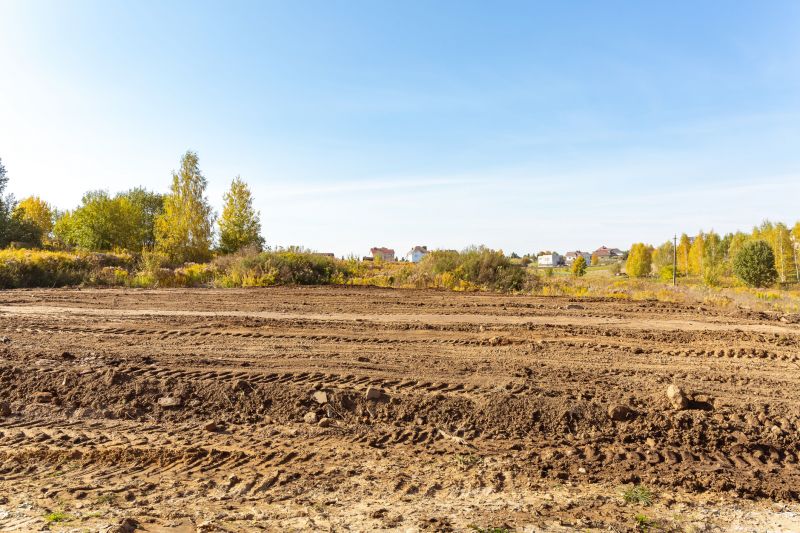
Popular materials for Land Clearings and why they hold up over time.
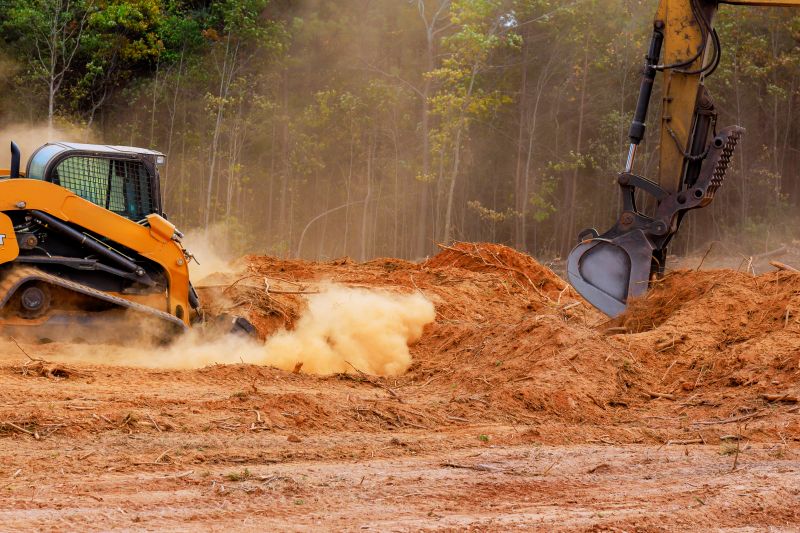
Simple add-ons that improve Land Clearings without blowing the budget.
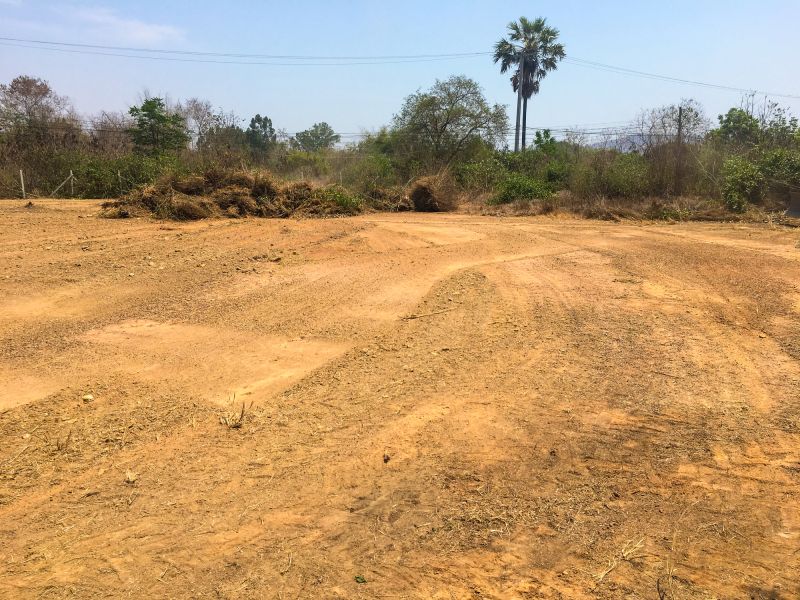
High-end options that actually feel worth it for Land Clearings.

Finishes and colors that play nicely with Land Clearings.

Little measurements that prevent headaches on Land Clearings day.
Land clearing involves removing trees, shrubs, and debris to prepare a site for construction, agriculture, or development. Proper timing ensures efficiency, cost-effectiveness, and safety. Seasonal considerations, soil conditions, and weather patterns play significant roles in scheduling land clearing activities.

A 60-second routine that keeps Land Clearings looking new.
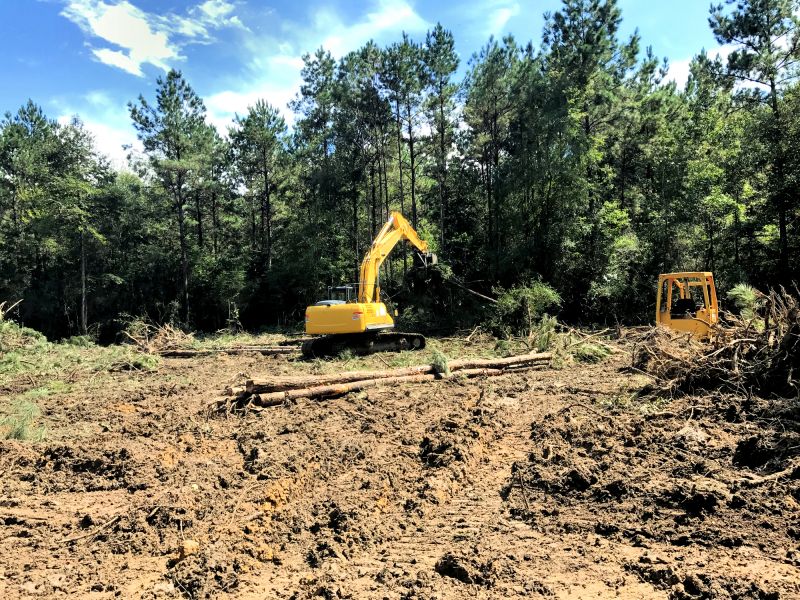
A frequent mistake in Land Clearings and how to dodge it.
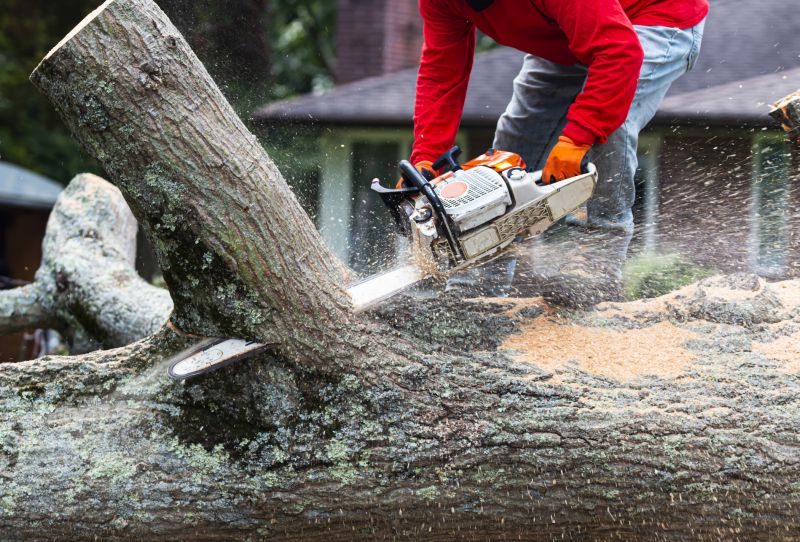
Small tweaks to make Land Clearings safer and easier to use.
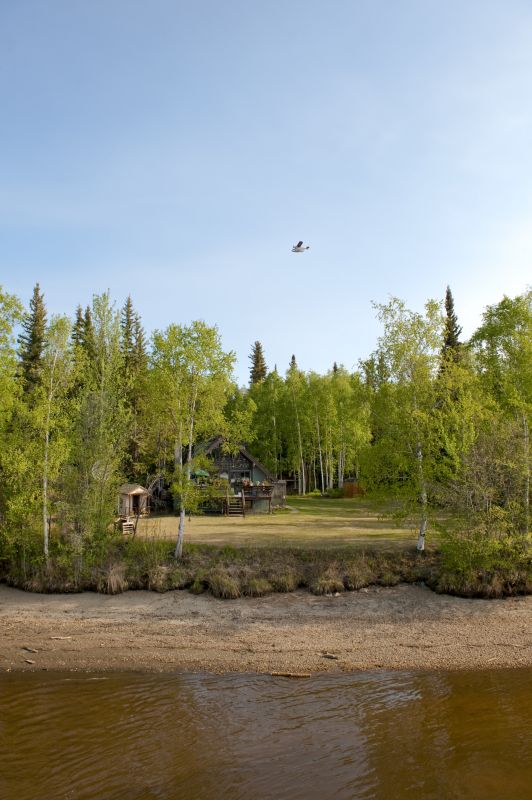
Lower-waste or water-saving choices for Land Clearings.
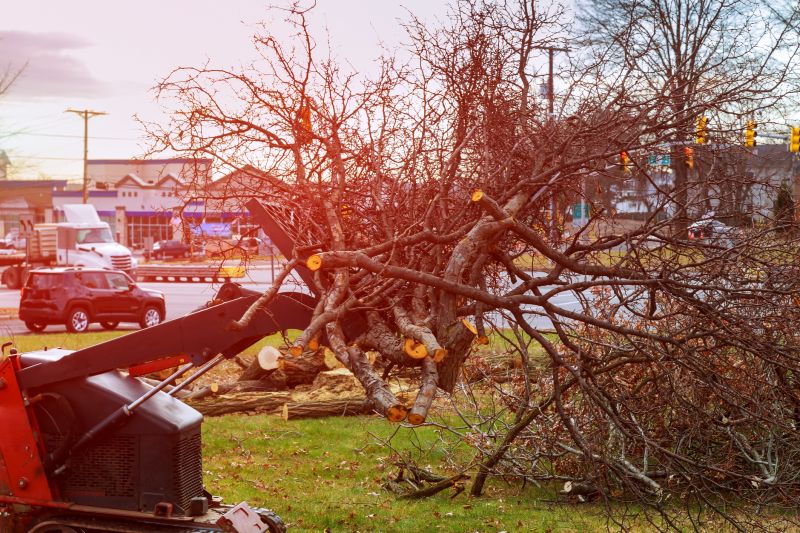
The short, realistic tool list for quality Land Clearings.
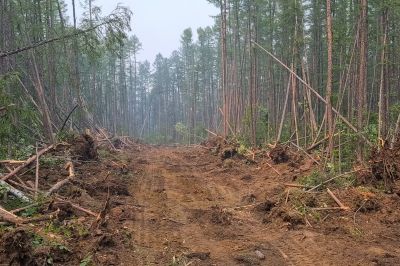
Rough timing from prep to clean-up for Land Clearings.

Quick checks and paperwork to keep after Land Clearings.

Examples that show the impact a good Land Clearings can make.
| Season | Ideal Conditions |
|---|---|
| Spring | Dry soil, moderate temperatures, minimal rain |
| Summer | Hot and dry, suitable for late spring activities |
| Fall | Cooler temperatures, less rain, soil still workable |
| Winter | Frozen ground, snow cover, unsuitable for land clearing |
| Late Fall | Preparation for winter, less soil moisture |
Choosing the right time for land clearing can significantly impact project timelines and costs. Planning around seasonal weather patterns and soil conditions helps ensure efficient and safe operations. Monitoring local climate trends is essential for optimal scheduling.

Ways to make Land Clearings work in tight or awkward layouts.
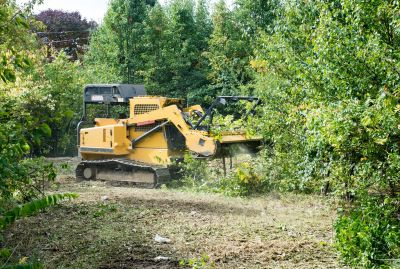
Ways to make Land Clearings work in tight or awkward layouts.
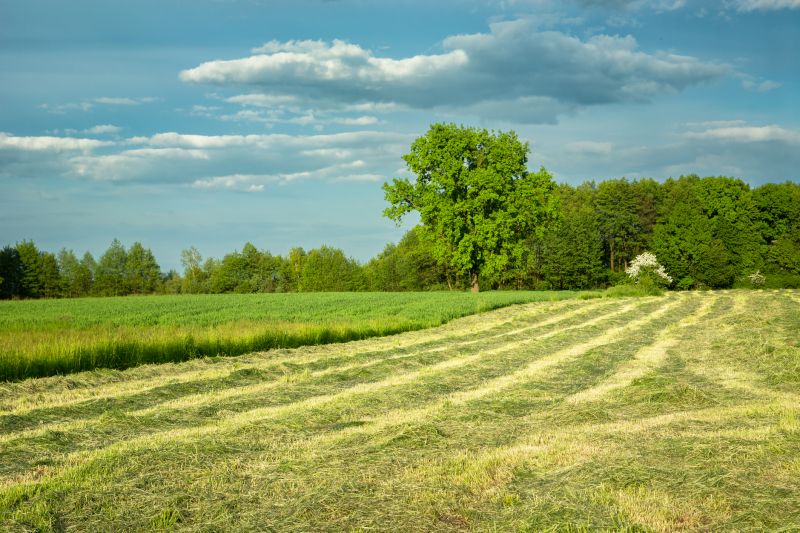
Ways to make Land Clearings work in tight or awkward layouts.
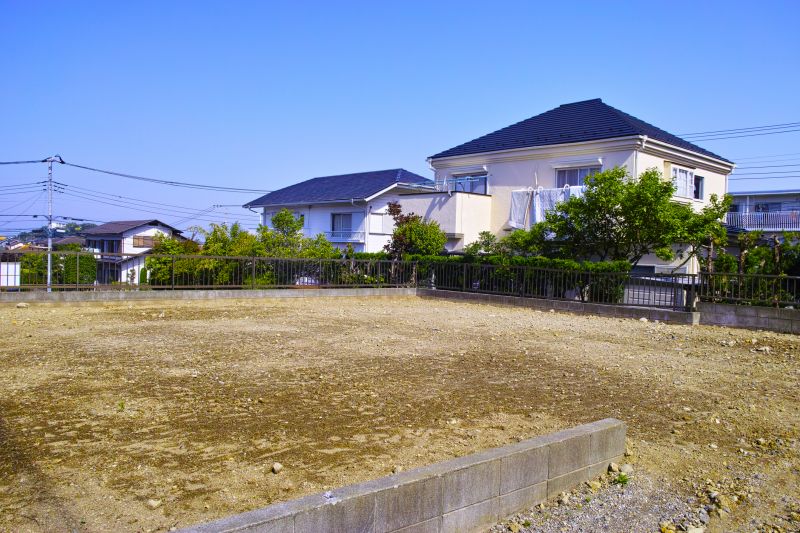
Ways to make Land Clearings work in tight or awkward layouts.
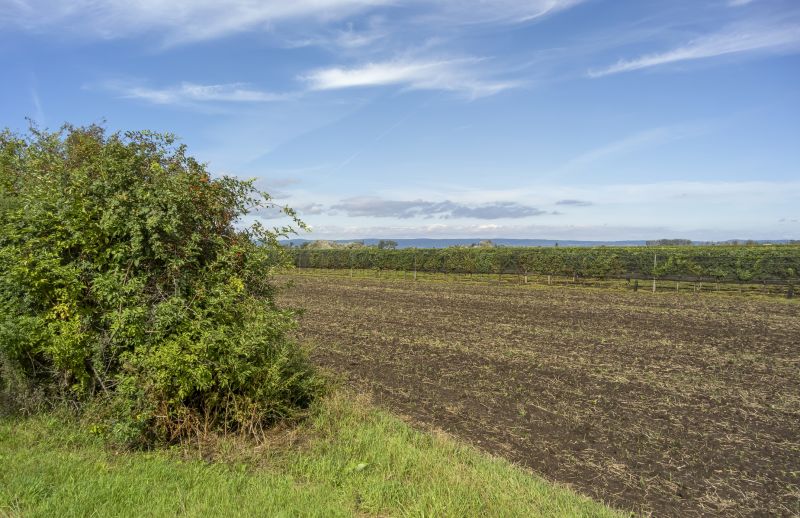
Ways to make Land Clearings work in tight or awkward layouts.

Ways to make Land Clearings work in tight or awkward layouts.
Interested parties can contact for further information or to schedule land clearing services. Providing details about the site and desired timeline can help determine the optimal period for clearing activities.
